20 years old, Belgian
rune.dhaluwin@student.howest.be
dhaluweb.beProject Details
Websites
dhaluweb.be
I created dhaluweb.be as a personal website and online presence for my student-business. It's a place where people can see what kind of work I do, what services I offer, and what they can expect from me.
It was built from scratch using pure HTML, CSS, and JavaScript — with a strong focus on speed, clarity, and professional design.
Tech stack: HTML, CSS, JavaScript


passion-corns.be
passion-corns.be was my first ever production-ready website. Working closely with the owners, I built a beautiful and functional site that helped me understand way more than just frontend coding.
During this project, I learned how to configure VPS servers, DNS settings, domain management, and email hosting — giving me a much deeper understanding of the full deployment process. Soon, the website will be updated with special features and new design improvements!
Tech stack: HTML, CSS, JavaScript
Project One: Smart Mini Tafelvoetbal
The Idea
For my first big school project, we had just three weeks to bring a creative idea to life. I decided to build a smart mini tafelvoetbal — a small foosball table equipped with sensors, lights, motors, and real-time online monitoring.
I installed LDR sensors so that the stadium lights would automatically turn on when it got darker. Ultrasound sensors were placed inside the goals: when a goal was scored, the system detected it, updated the score, and — after a four-second countdown — automatically threw the ball back into play using a servo motor.
It wasn't just physical either: I also built a full live website. You could watch the game progress in real-time, see the current score, game time, and even control the stadium lights manually.
Tech stack: Python, Flask, MySQL, HTML, CSS, JavaScript
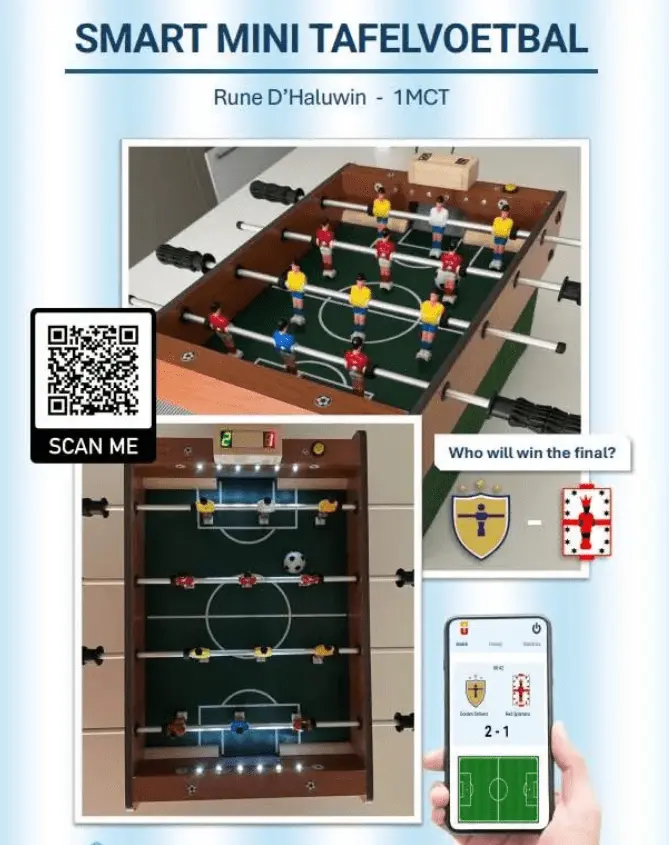

Sensors, Ball Tracking & Live Data
One of the coolest features was magnetic ball tracking: I used magnetic sensors under the field to detect the ball's real-time position when playing with a magnetic ball. This allowed anyone watching the website to see a live visualization of where the ball was moving during gameplay.
This project taught me so much — not only about software like Flask, MySQL, and frontend development, but also about hardware: wiring sensors, managing GPIO on the Raspberry Pi, handling servo motors, LCD displays, and more.
It was a really fun and rewarding experience where I combined hardware and software into one fully working product. You can still check out the full demo video of this project on YouTube:
Teamproject: Roll & Control
The Idea
Together with my teammates Ruben Vierstraete and Medric Degroote, we built an exercise-based game console called Roll & Control. It combined fitness and gaming by using a big fitness ball as the controller.
The player used a small handmade wooden controller placed on the fitness ball. Inside was an MPU sensor (to detect tilt/rotation) and two buttons. The controller wirelessly sent the data using Bluetooth and an ESP32 to a Raspberry Pi that was plugged into a TV.
Rolling the ball controlled movements inside the games, creating an active and fun experience!
Tech stack: ESP32, Raspberry Pi, Python, Flask, Socket.IO, HTML, CSS, JavaScript
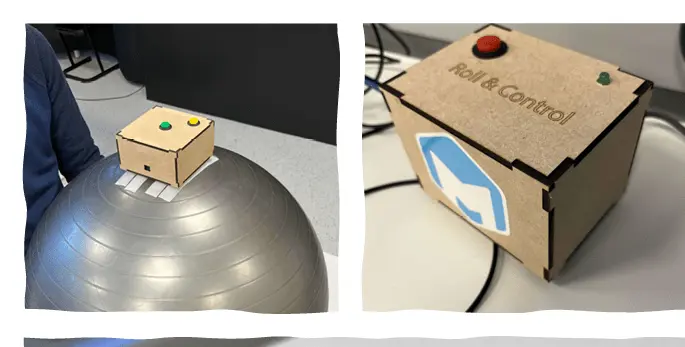
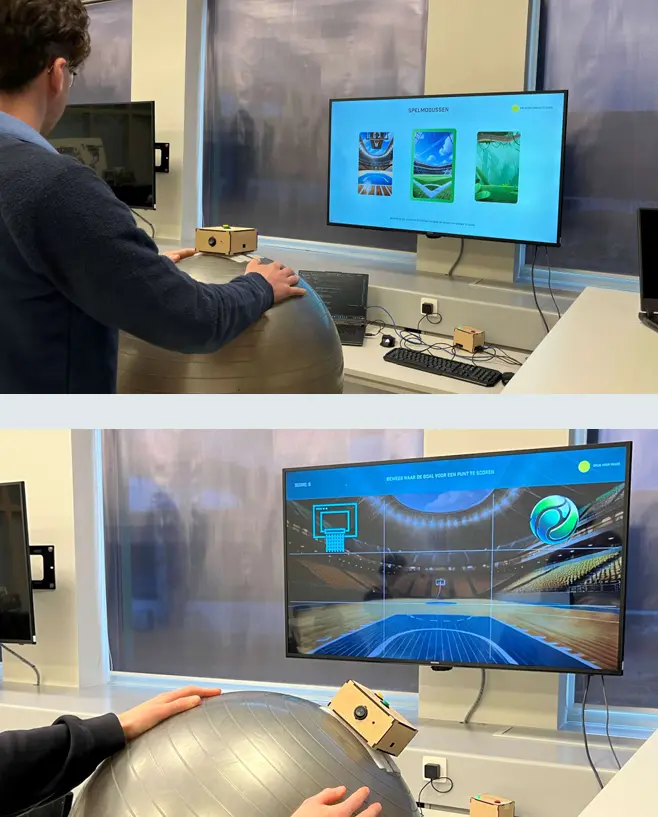
The Games & My Role
We developed three different games with various difficulty levels:
- Basketball: Roll the ball to the correct zone shown on screen to score points.
- Memory Game: Memorize a pattern and recreate it by rolling the ball into the correct areas.
- Snake Game: Control the snake by rotating and tilting the ball!
Our Raspberry Pi ran a Python Flask backend with real-time communication using Socket.IO. We also managed a simple CSV database for tracking basic data. The frontend was built with HTML, CSS, and JavaScript for a smooth TV experience.
In our team, Medric mainly worked on the frontend design, Ruben handled the backend logic, and I focused on the backend too but also took care of hardware integration, ESP32 programming, and thinking about the technical structure and planning of the project.
It was an amazing plug-and-play experience that really combined creativity, coding, hardware, and teamwork.
Cloud Services
Learning Azure through a Real-World Exercise
For this project, I built a lift monitoring system using Microsoft Azure services. The goal was to simulate lifts that send live messages about their movements or maintenance needs to an IoT Hub.
I developed a .NET Console Application to simulate the lifts. This console could send two types of messages: a trip (movement) message or a maintenance message. Each message contained specific information such as the name of the lift, the time, the number of people, and the floors involved.
These messages were sent to the Azure IoT Hub and further processed using Azure Function Apps — a new and exciting concept for me at the time.
Tech stack: .NET Console App, Azure IoT Hub, Azure Functions, CosmosDB, Azure Queue Storage, Azure Table Storage
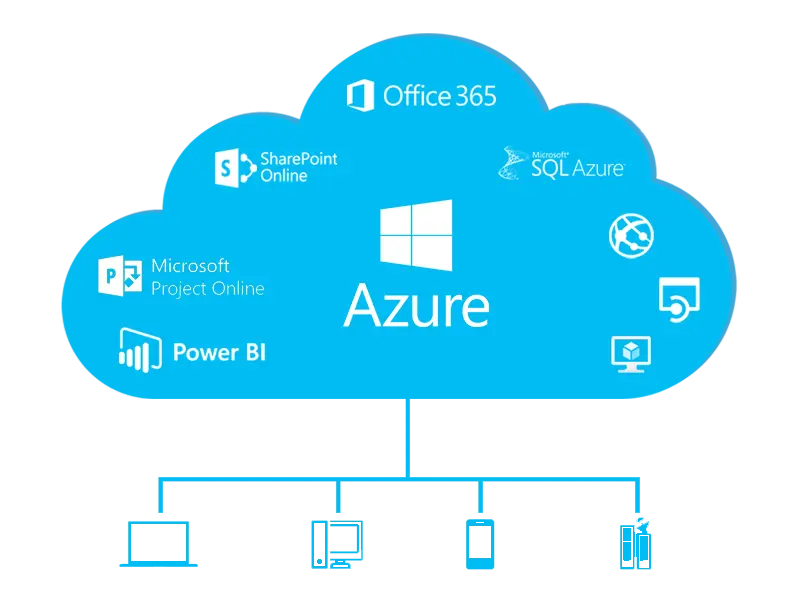
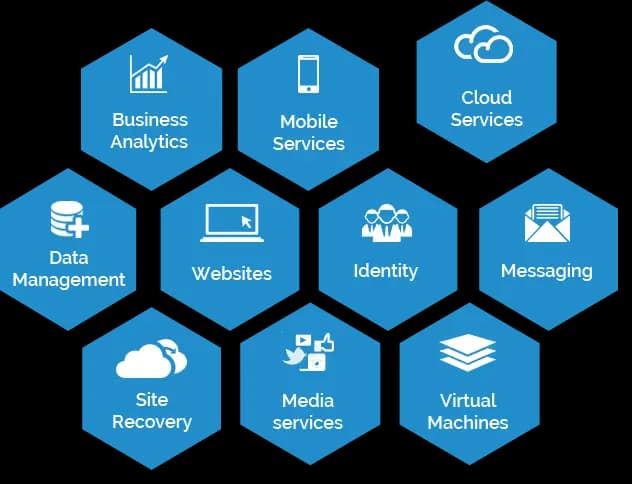
Deeper Architecture & What I Learned
Every message sent to the IoT Hub was picked up by Azure Functions and automatically stored in CosmosDB — a highly scalable NoSQL database. Maintenance messages were not only saved to CosmosDB, but also pushed into an Azure Storage Queue for further processing.
Another Azure Function processed the maintenance queue and inserted the records into an Azure Table Storage, assigning the correct technician based on the type of maintenance needed.
I also built an HTTP-triggered Function that allowed exporting trip data to a CSV file and generating a secure download link with a SAS token.
Through this project, I learned so much about how cloud services communicate, how event-driven architectures work, and I gained a strong foundation in Microsoft Azure — from IoT Hub to serverless computing, to database and queue management.
This was my first real deep-dive into cloud infrastructure, and it definitely made me excited to do even more with Azure in the future!